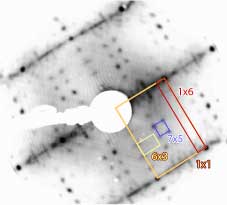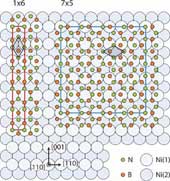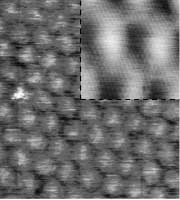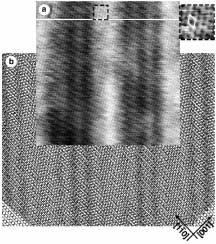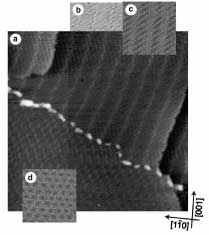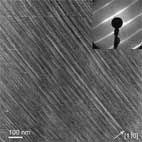
Home
Goals
Partners
Publications
Results
Gallery
Open position
Contact
Internal
Workshop 2006
Other forms of boron nitride on transition metals
Monolayers of hexagonal boron nitride on transition metals form a class
of interface systems with properties of a
metal-insulator
interface. They are thermally stable, chemically
inert and form well defined
tunneling barriers.
In the past h-BN layer(s) have been studied on Pt(111), Ru(0001), Cu(111), Ni(111) and Ni(100). The nanomesh could till now only be observed on Rh(111) and Ru(0001). Here we present our results of h-BN evaporated on Ni(110), Pd(111), Pd(110) and Mo (110), where no nanomesh but other forms of boron nitride are observed, which are all forming a monolayer on the substrate . h-BN on Ni(110)
h-BN on Pd(111)
h-BN on Pd(110)
h-BN on Mo (110)
|
|||||||||
© 2007 University of Zurich
|
Webmaster
|
| Last update: 25.03.2008 by C. Galli Marxer
|
